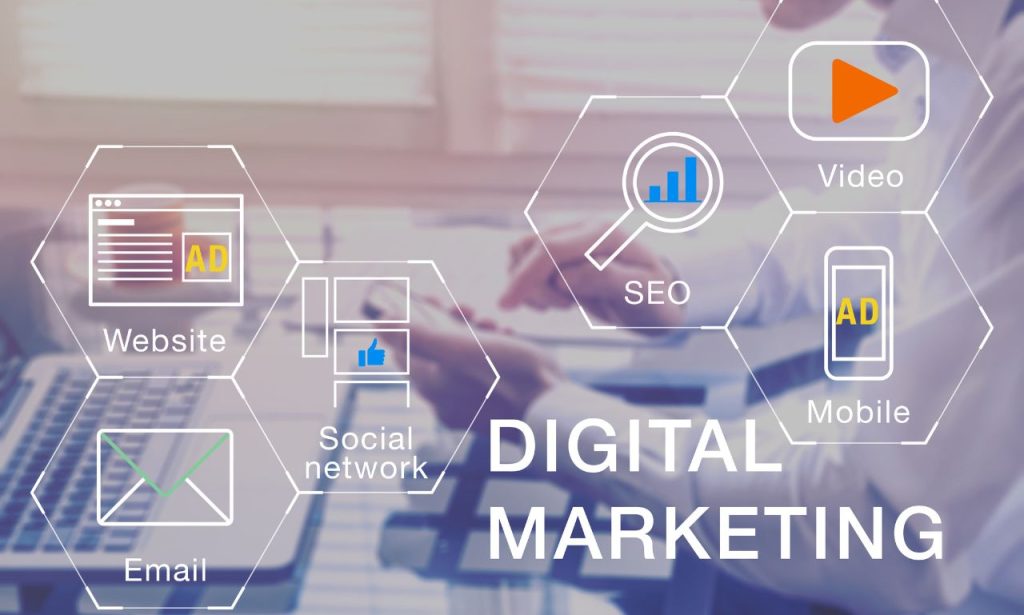In the ever-evolving digital landscape, social media has transcended its initial role as a platform for connection and transformed into an indispensable tool for businesses worldwide. No longer a mere avenue for casual interactions, social media has become a dynamic marketplace where brands engage with their target audience, cultivate relationships, and drive tangible business outcomes. However, the path to social media success is not linear. It’s a journey marked by distinct phases of growth and sophistication, each demanding a tailored approach and a deep understanding of the evolving dynamics of the digital realm. This brings us to the crucial question: what are the three phases of social media marketing maturity? Answering this question is paramount for businesses aiming to unlock the full potential of social media and establish a commanding presence in the digital age.
Understanding Social Media Marketing Maturity
Social media marketing maturity is not merely a measure of how many followers you have or how many likes your posts receive. It’s a multi-faceted concept that reflects your brand’s overall proficiency in leveraging social media to achieve strategic business objectives. It encompasses your understanding of the social media landscape, your ability to craft compelling content, your engagement strategies, your data analysis capabilities, and your integration of social media into your broader marketing efforts.
Taking the First Steps into the Digital Frontier

The first stage of this evolutionary journey is the Emergence Phase. This phase is characterized by a sense of exploration and discovery, where businesses are just beginning to dip their toes into the vast ocean of social media. They are drawn to the allure of connecting with a wider audience and expanding their brand’s reach, but they are still navigating the complexities of this new terrain.
Characteristics of the Emergence Phase:
- Experimental Approach: Businesses in this phase often adopt an experimental approach to social media, testing different platforms and content formats to see what resonates with their audience. There’s a sense of trial and error as they strive to find their footing in the digital space.
- Basic Presence: Their social media presence is typically characterized by sporadic posting schedules and content that is more generic than tailored. They may not have a clearly defined social media strategy or a deep understanding of their target audience.
- Limited Resources: Resource allocation for social media marketing might be limited, with efforts often led by small teams or individuals with multiple responsibilities.
- Focus on Basic Metrics: The focus is primarily on basic metrics like follower count and likes, rather than on more meaningful engagement metrics or ROI.
Goals and Objectives in the Emergence Phase:
- Establishing a Presence: The primary goal is to establish a presence on major social media platforms and start building brand awareness.
- Testing the Waters: This phase is about experimenting with different content formats and posting schedules to gauge audience response.
- Learning the Ropes: Businesses are eager to learn the fundamentals of social media marketing, from creating engaging content to understanding basic analytics.
Key Activities and Experimentation:
- Creating Social Media Profiles: Setting up profiles on relevant platforms like Facebook, Instagram, Twitter, or LinkedIn, depending on the target audience.
- Content Explorationhttps://help.tableau.com/current/api/rest_api/en-us/REST/rest_api_ref_content_exploration.htm: Experimenting with various content formats, such as images, videos, text posts, and polls, to understand audience preferences.
- Basic Engagement: Responding to comments and messages to foster initial connections with followers.
Building a Solid Foundation for Success
As businesses progress from the initial phase of exploration, they enter the Structured Phase. This phase marks a significant shift in their approach to social media marketing, characterized by a growing understanding of the digital landscape and a more strategic outlook.
Transitioning from Emergence to Structure:
This transition is driven by the realization that a haphazard approach to social media is unlikely to yield substantial results. Businesses recognize the need for structure, organization, and a more data-driven approach to maximize their social media ROI.
Developing Organized Strategies:
- Defining Target Audience: Businesses start investing time and effort in understanding their target audience’s demographics, interests, and online behavior.
- Setting SMART Goals: Goals evolve from vague aspirations to Specific, Measurable, Achievable, Relevant, and Time-Bound (SMART) objectives.
- Content Calendar and Strategy: A content calendar is established to ensure consistent posting and a more strategic approach to content creation.
Engagement and Brand Awareness Tactics:
- Targeted Content Creation: Content is tailored to resonate with the defined target audience, addressing their needs and interests.
- Engagement Strategies: Proactive engagement strategies are implemented, including responding to comments, running contests, and participating in relevant conversations.
- Paid Advertising: Businesses may begin experimenting with paid social media advertising to expand their reach and target specific demographics.
Seamlessly Weaving Social Media into the Marketing Tapestry
The pinnacle of social media marketing maturity is the Integrated Phase. This phase represents the full realization of social media’s potential, where it seamlessly integrates with all other marketing channels to create a cohesive and powerful brand experience.
Combining Social Media with Other Marketing Channels:
- Cross-Channel Promotion: Social media becomes an integral part of multi-channel marketing campaigns, promoting content and offers across different platforms.
- Social Listening and Insights: Social listening tools are used to monitor brand mentions, industry trends, and customer sentiment, informing overall marketing strategies.
- Data-Driven Decision Making: Social media analytics are closely monitored and analyzed to track performance, measure ROI, and make data-driven decisions.
Creating a Seamless Marketing Strategy:
- Personalized Experiences: Social media data is used to personalize marketing messages and offers, providing a more tailored customer experience.
- Influencer Marketing: Partnerships with influencers and brand advocates are leveraged to reach a wider audience and build credibility.
- Community Building: Social media communities are nurtured, fostering brand loyalty and advocacy among passionate customers.
Mastering the Use of Social Media

Reaching the Integrated Phase signifies that a business has not only mastered the tactical aspects of social media marketing but has also successfully woven it into the very fabric of its brand identity and marketing strategy. Social media is no longer seen as a separate entity but as a powerful force multiplier that amplifies all other marketing efforts.
Conclusion
The journey through the three phases of social media marketing maturity is an ongoing process of learning, adapting, and refining your approach. By embracing this journey, you’ll transform your social media presence from a passive collection of profiles into a dynamic engine that drives brand awareness, customer engagement, and business growth. Remember, the digital landscape is constantly evolving, so stay curious, stay agile, and never stop exploring new ways to connect with your audience and achieve your marketing goals.
ALSO READ: How to Get Commercial Pressure Washing Jobs
FAQs
Some common mistakes include:
Not having a clear strategy: Posting randomly without a plan or defined goals.
Ignoring their target audience: Creating content that doesn’t resonate with their ideal customers.
Being too salesy: Constantly pushing products or services without providing value or building relationships.
Not engaging with their followers: Ignoring comments, messages, and opportunities for interaction.
Not tracking their results: Failing to analyze social media data to measure performance and make improvements.
Consider your target audience, your industry, and your marketing goals. Research where your ideal customers spend their time online and choose platforms that align with your brand identity and objectives.
Track metrics that are directly tied to your business goals, such as website traffic, lead generation, conversions, and sales. Use social media analytics and website analytics to measure the impact of your efforts.
Follow industry blogs, attend webinars and conferences, and engage with thought leaders on social media. The digital landscape is constantly changing, so continuous learning is key.





